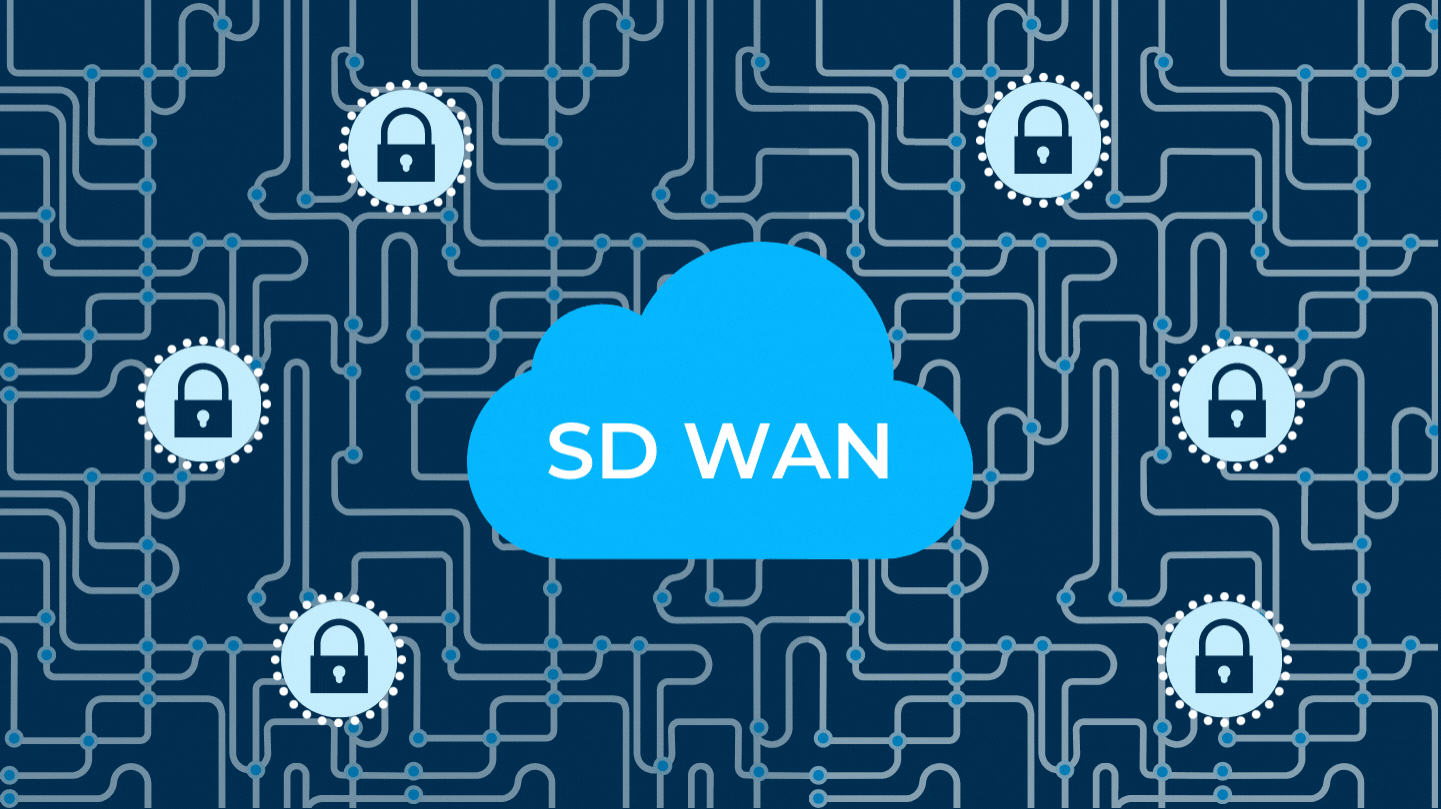Join strongDM CTO Justin McCarthy and a panel of experts as they discuss the challenges, complexities, and best practices of enterprise k8s adoption.
Posts by Category:
- Security
- Access
- DevOps
- Auditing
- Privileged Access Management
- Policy
- Zero Trust
- SOC 2
- Compliance
- Authentication
- Databases
- Identity and Access Management
- Compare
- Team
- Product
- Integrations
- Kubernetes
- AWS
- Engineering
- Productivity
- Podcasts
- Observability
- SSH
- HIPAA
- ISO 27001
- Dynamic Access Management
- Role-Based Access Control
- Secure Access Service Edge
- Webinars
- Events
- NIST
- Onboarding
- Passwordless
- Offsites
- Platform
- PCI

A closer look at what technical debt is, how it relates to infrastructure access, and why unwinding short-term workarounds can actually improve productivity.

Today, we’ll take a look at what just-in-time access (JIT) means and what types there are. You’ll also learn about what a JIT access solution can do for your organization. By the end of this article, you’ll understand how just-in-time access works, the best practices to ensure secured implementation, and how strongDM comes to the rescue.

In this article, we’ll take a look at what authentication vulnerabilities are, how they emerge, and how these issues can affect your organization. Also, you’ll learn about the most common authentication-based vulnerabilities and their implications. By the end of this article, you’ll know the best practices to prevent these authentication issues and keep sensitive data safe.

When it comes to self-hosting critical web infrastructure, modern security requires more than simply siloing an appliance to a local network. In this article, we will discuss new methods for authentication bypass vulnerabilities, simplify end-user experiences, and satisfy compliance requirements—without the need for legacy VPN solutions. Here’s how.

In this article, we will take a deep dive into WebAuthn and some of its associated authentication concepts. We’ll go over the history of WebAuthn and help you better understand the benefits and challenges of using this standard of secure authentication. By the end of this WebAuthn guide, you’ll be able to fully define the concept and grasp how to incorporate it into your organization's security program and web applications.

Cyberattacks against small businesses have been on the rise in recent years. Despite the attitude among many small business owners that hackers only go after behemoths, smaller companies make increasingly attractive prey. We’ve gathered the most recent cybersecurity statistics relevant to small businesses. Read on to find out exactly what they are up against and what steps they can take to defend themselves.

Cloud environments present new challenges for data protection as technological innovation, flexibility, and abstraction change the way we copy, store, and handle data. That’s why Justin McCarthy, CTO and co-founder of strongDM, recently sat down with Mike Vizard and a panel of technology experts. ...

Managing a static fleet of strongDM servers is dead simple. You create the server in the strongDM console, place the public key file on the box, and it’s done! This scales really well for small deployments, but as your fleet grows, the burden of manual tasks grows with it.

In this article, we will take a comprehensive look at software-defined networking (SDN). You’ll learn what it is, how it works, and what its benefits and disadvantages are. You’ll also learn how SDN compares to and works with other types of networks and get answers to common questions.

In this article, we’ll review the basics of microsegmentation and discuss it in context with other network security models and practices, including Zero Trust, software-defined networking, and network segmentation. You’ll learn about the benefits of microsegmentation, how it works, challenges for implementation, and best practices.

Data breaches are a perpetual risk for modern organizations — and the wider your attack surface, the higher your organization’s risk of a breach. In this article, we will take a high-level look at what your attack surface is, what vectors and endpoints may be at risk, and how to analyze your attack surface.

Data loss prevention (DLP) can save organizations millions of dollars on data breaches every year. In this article, we will take a big-picture look at data loss prevention and discover how DLP tools and processes strengthen an enterprise’s security posture.


